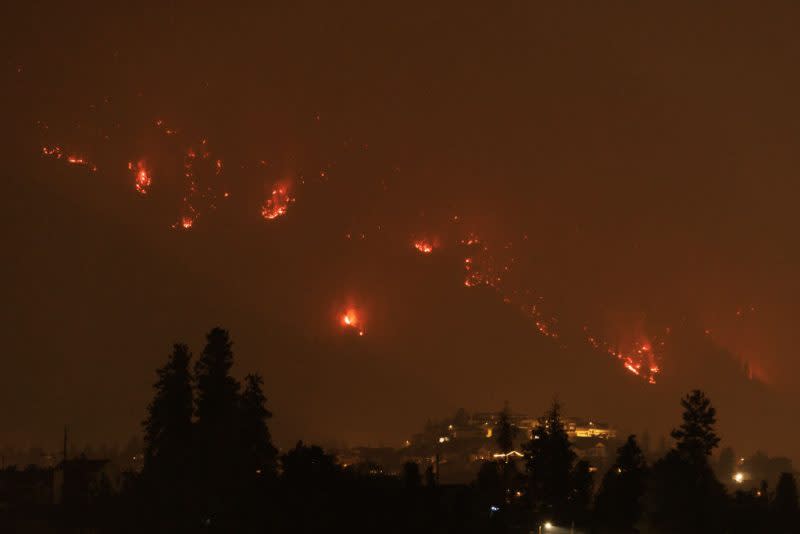What are ‘zombie’ fires, and why are they becoming more common?

(NEXSTAR) – “Zombie fires,” much like the persistent reanimated corpses for which they’re nicknamed, are known for coming back to haunt the same regions from year to year.
These fires, also called holdover fires or overwintering fires, are essentially wildfires that never fully extinguish, and instead continue smoldering under the ground or snow for extended periods of time, emerging as full-on blazes when conditions allow. They typically occur in the boreal (northern) forests in high-latitude regions, feeding off peat, decomposing matter and tree roots, as some researchers have observed — even if conditions aboveground become freezing.
“When these fuels are exceptionally dry, wildfires smoulder in deep duff layers and within large logs, remaining active underground with the potential to resurface come spring,” Canada’s wildfire service in British Columbia explained in a recent spring outlook report.
‘Risked his life’: Man hailed a hero after saving baby from burning home in Cleveland
Of the wildfires currently burning in Canada, many are considered to be holdover fires from the 2023 fire season, which were never fully extinguished and remained largely underground for the colder months.
Because zombie fires are largely flameless when “dormant,” and can smolder under huge swaths of land, fighting them can be extremely difficult in colder months. In many cases, there isn’t much that can be done to saturate ground that has already frozen over. But firefighters will monitor the areas believed to be active, sometimes with thermal-imaging technology, and concentrate on areas that pose immediate threats.
Unfortunately, zombie fires may pose an increasing threat in northern forests due to climate change. Canadian officials have already said that the dryer, hotter weather experienced in recent years is creating “ideal conditions” for wildfires in general.
A spokesperson for the British Columbia Wildfire Service told Nexstar that holdover fires are common, and don’t “necessarily” contribute to a worsening wildfire season. He admitted, however, that certain areas are currently seeing “a greater number of holdover fires” that firefighters might expect during a slower season, partially due to hot, dry conditions.
“We are more concerned about holdover fires this spring due to persistent drought conditions,” he said.
Researchers believe additional wildfires also increase the likelihood of zombie fires, too.
As discussed in a 2021 article published in the science journal Nature, researchers in Amsterdam and the U.S. found a link between especially hot summers and the intensity and total area of subsequent zombie fires.
“And for these we do see a pronounced upward trend — hotter summers and more burned area — with continued climate warming,” co-author Rebecca Scholten, of the Vrije Universiteit Amsterdam, told NASA’s Earth Observatory of the findings.
High school students, frustrated by lack of climate education, press for change
More zombie fires will also potentially contribute to more re-emerging wildfires in coming years, continuing a cycle that can threaten more of the population, and will likely increase carbon emissions and send more smoke into the atmosphere, Dr. Michael Mehta, a professor of geography and environmental studies at Thompson Rivers University in British Columbia, told NewsNation last year.
“I’m not gonna say [it’ll affect us] the rest of the summer; I’ll probably say the rest of our lives, unfortunately,” Mehta said. “And it is something that has been predicted for decades going forward. We’re going to have to learn to live with it.”
Copyright 2024 Nexstar Media, Inc. All rights reserved. This material may not be published, broadcast, rewritten, or redistributed.
For the latest news, weather, sports, and streaming video, head to Fox 8 Cleveland WJW.


